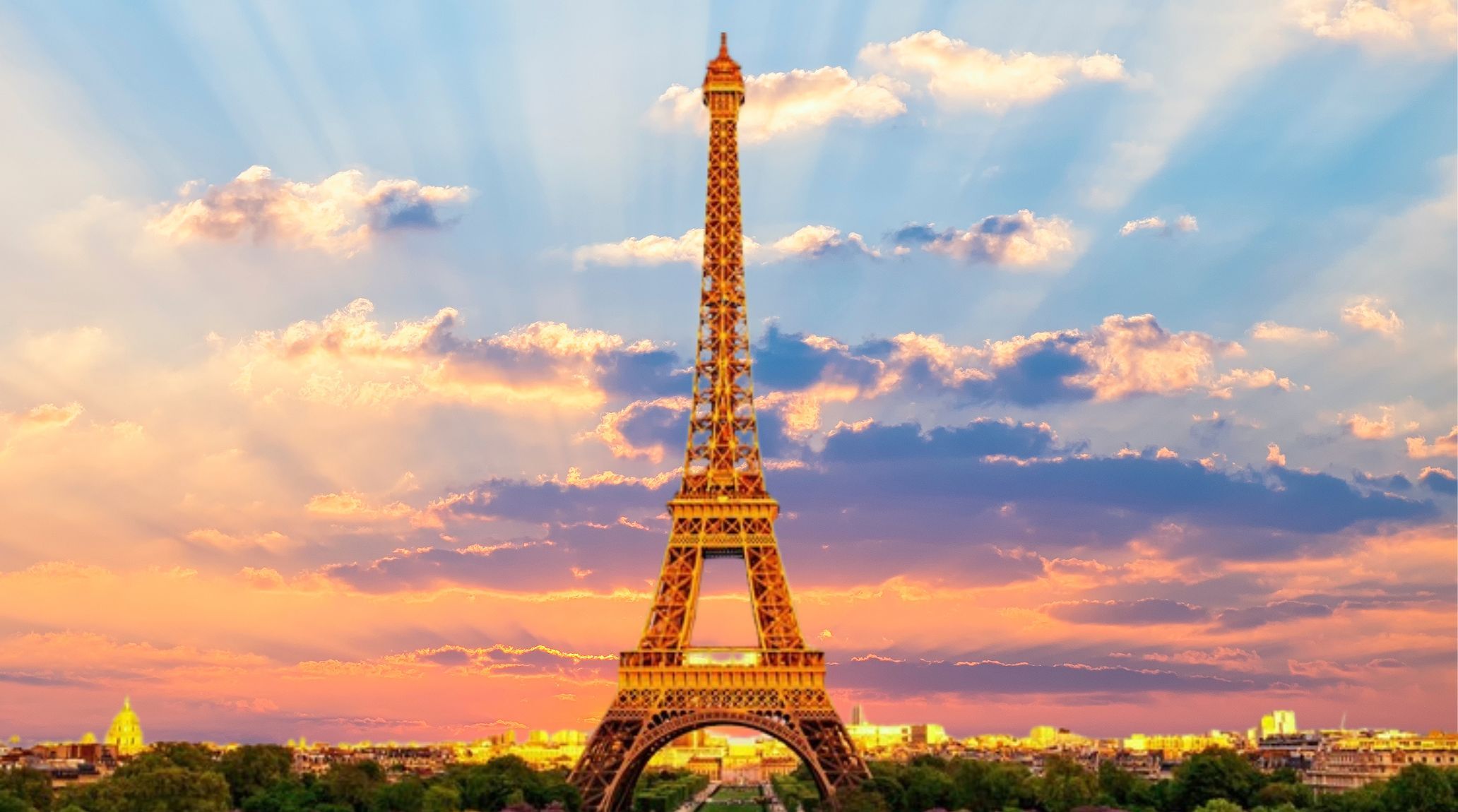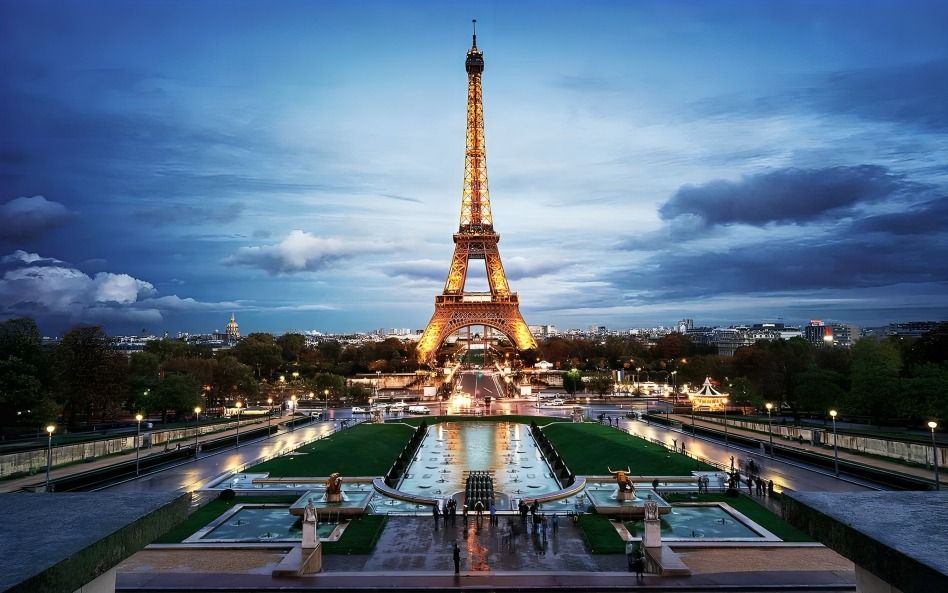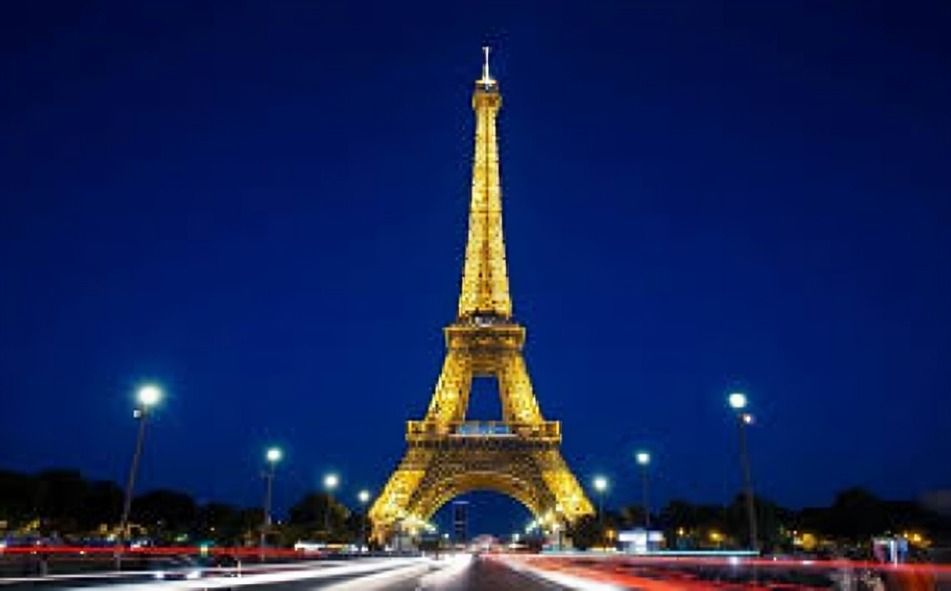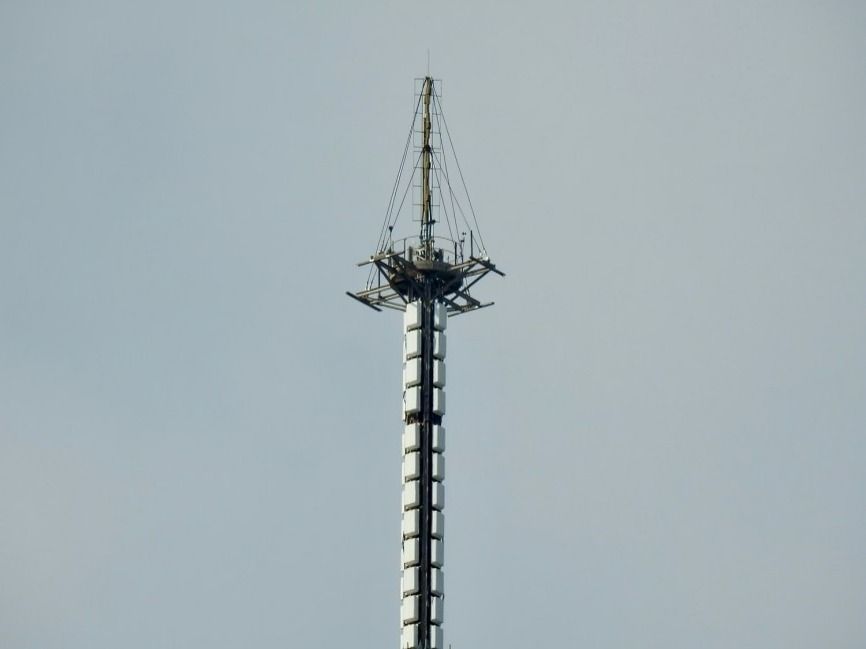
“
The Eiffel Tower, a towering symbol of Paris, captivates millions of visitors each year with its stunning views and rich history. Known as the "Iron Lady" of France, it has become one of the most iconic landmarks in the world. But beyond its beauty, there are countless amazing facts about Eiffel Tower: Icon of Paris with scenic views that many may not know. From its construction and engineering marvels to the breathtaking panoramas it offers, the Eiffel Tower is full of fascinating details. In this blog, we’ll uncover 20 amazing facts that will give you a deeper appreciation for this incredible structure.1
1
”
The Eiffel Tower, designed by Gustave Eiffel, was completed in 1889 for the 1889 World's Fair in Paris. Initially criticized, it became one of the most iconic structures in the world. 1
Standing at 1,083 feet tall, the Eiffel Tower was the tallest man-made structure on Earth for 41 years, until the Chrysler Building in New York surpassed it in 1930. 2
Made from over 18,000 individual iron parts, the Eiffel Tower weighs about 10,100 tons. It was assembled using 2.5 million rivets, showcasing remarkable engineering and craftsmanship for its time. 3
The tower's color, known as "Eiffel Tower brown," is changed every seven years to prevent rust. The painting process requires about 60 tons of paint, and it takes 15 months to complete. 4

Originally intended as a temporary structure, the Eiffel Tower was almost demolished after the 1889 World's Fair. It was saved due to its usefulness as a radio transmission tower.
The Eiffel Tower is a global symbol of France, attracting over 7 million visitors annually. It is one of the most visited paid monuments in the world, drawing tourists from all over. 5
The Eiffel Tower was initially ridiculed by many artists and Parisians for its industrial design. Famous figures like Guy de Maupassant even called it an eyesore, but it later became beloved. 6
The Eiffel Tower's elevators, which were a marvel of engineering at the time, are still used today. They travel at speeds of up to 2.5 meters per second, offering spectacular views. 7
The tower is made up of about 7,300 tons of wrought iron, but it’s incredibly light for its size. Its open structure allows winds to pass through, reducing stress on the building. 8

At night, the Eiffel Tower sparkles with 20,000 light bulbs. This dazzling light show, which lasts for five minutes every hour, adds a magical touch to the Parisian skyline.
In 1914, a military signal was transmitted from the Eiffel Tower that played a pivotal role in the success of the French army during World War I, demonstrating its strategic importance. 9
The Eiffel Tower has a unique "bending" characteristic: due to temperature changes, the metal can expand and contract, making the tower grow or shrink by up to 6 inches over the year. 10
The Eiffel Tower features four massive iron legs, each standing on its own base. The legs are positioned at a 45-degree angle, giving the tower its distinct and elegant slanted appearance. 11
The Eiffel Tower was once the site of scientific experiments, including early aerodynamics studies and wireless telegraphy. Gustave Eiffel himself conducted meteorological research using instruments placed atop the structure. 12

The tower has had several modifications over the years, including a radio antenna added in 1957, which further increased its height. It remains a hub for telecommunications today.
The Eiffel Tower was not originally meant to have the ornate designs and decorative details it now possesses. These embellishments were added later to make the tower appear more elegant. 13
The Eiffel Tower hosts a restaurant on its second floor, which offers spectacular views of Paris. The restaurant, Le Jules Verne, is one of the most exclusive dining experiences in the city. 14
During its construction, workers installed a temporary wooden scaffolding to aid in assembly. This was removed after completion, leaving the iconic lattice structure exposed for the first time. 15
In 1889, the Eiffel Tower was the tallest structure ever built, surpassing all previous man-made monuments. It held the record until 1930, and it remains one of the tallest iron structures today. 16
The Eiffel Tower is repainted every seven years, a massive task that involves scaling the structure and covering every inch. Over the years, this has kept the tower pristine and protected from corrosion. 17


